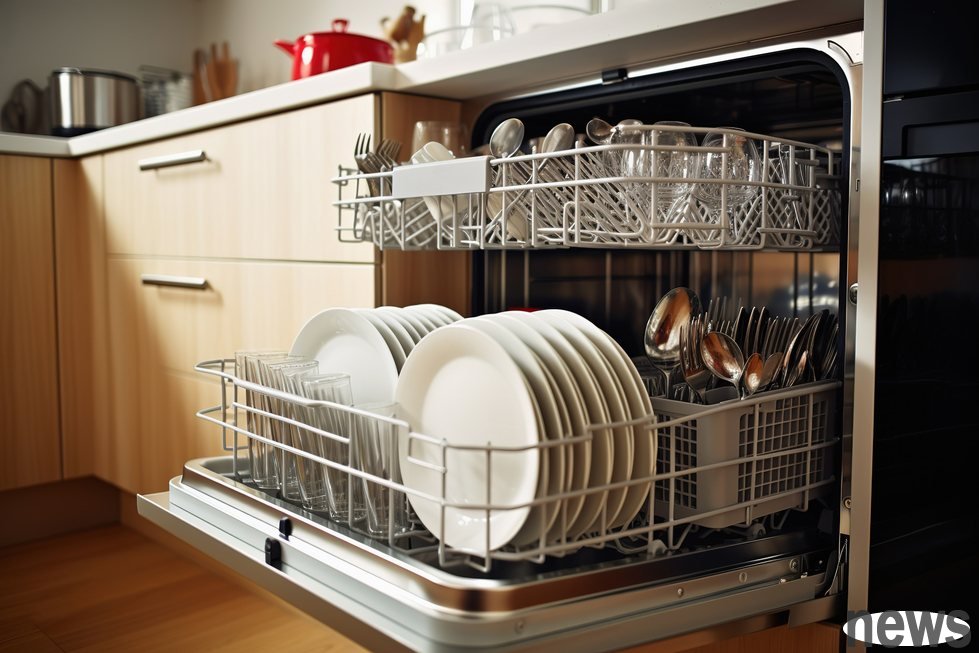
Putting the tableware into the dishwasher after the meal seems simple, but it is actually a learning question, but it is also the most likely cause of controversy in families. How to place it is already a dispute.
To avoid controversy, Andrew Laughlin, a researcher of the consumer rights group "What?", came out to explain, hoping to give everyone a fair opinion and a common mistake.
Li Klin believes that this is one of the most common mistakes made by people and is also the most unintentional mistakes. No matter how serious the dirt on the cup plate and the dishes are, there is no need to wash them in advance. As long as the food slag is scraped into the trash can, you can put the tableware directly into the dishwasher stand.
He explained that most dishwashing procedures for dishwashing machines have pre-filled tableware, so the tableware should not be pre-filled to avoid wasting water and money.
The second is to use a detergent dispenser.Many people like to put the wash plates firmly into the dispenser, but the dispenser is not opened in many cases. After the dishwashing procedure is completed, these tablets have not completely dissolved, and the cup plates and dishes are not clean.
Laklin believes that a more effective and time-saving method is to stuff the tablet directly into the dishwasher.
The third thing to do when cutting is to stuff the cups, dishes and dishes into the dishwasher.This may be a common mistake that many people make, especially in the face of storm, but this will only make the tableware not shine and clean, so you must know the correct way to put it on. The bottom frame of the dishwasher is the most clean and powerful place. The water sprayer can spray and clean directly, and can effectively clean the severely dirty pots and plates. Because the water pressure at the bottom is higher, the bottom layer of the dishwasher is suitable for placing utensils, plates and large bowls. But this means that delicate glassware or light plastic containers should be placed on top shelves so that they will not be damaged, bumped, or deformed by water.
The fourth is regular management.includes replenishing softened salt at least once a month, which can soften water quality, especially areas where hard water is used. This helps prevent scale from agglomerating and makes the glass shine.
In addition, according to the number of dishwashing times, add a special cleaning agent for the dishwasher every few weeks; clean the filter regularly (at least once a month), which can help prevent the accumulation of food and the occurrence of unpleasant odor.
Finally, some items are definitely not allowed to be put into the dishwasher.Cerry's knives and wooden products, including wooden loaders for loading knives, wooden chopping boards and wooden soup spoons, are all taboos for dishwashers.
Lecklin said that these things will break if they only need to be put into the dishwasher once, and the wood products expand and break due to contact with water, and the blade of the sharp knife will change. Non-stick tableware and most heat-sealing cups are not suitable because washing dishes will damage special layers and vacuum seals.
Responsible editor: Gu Zihuan